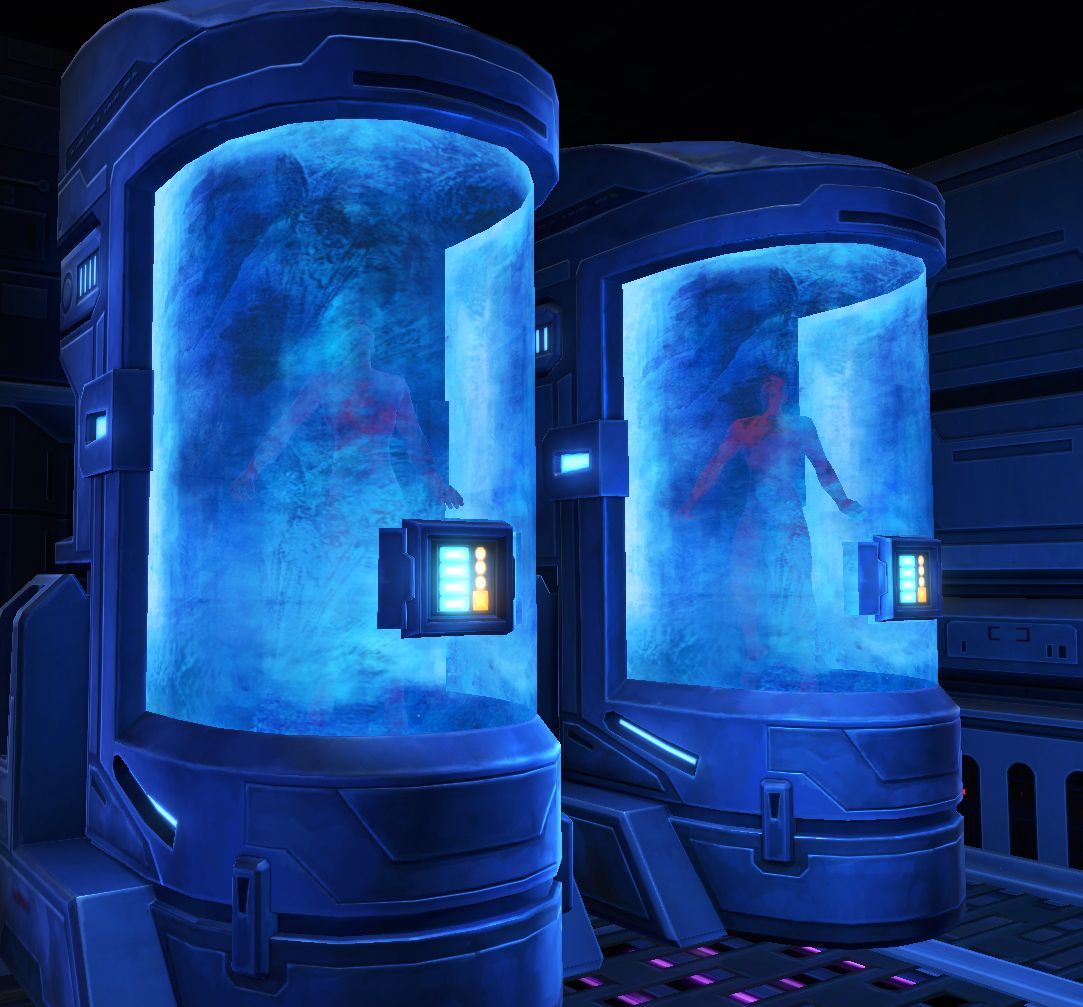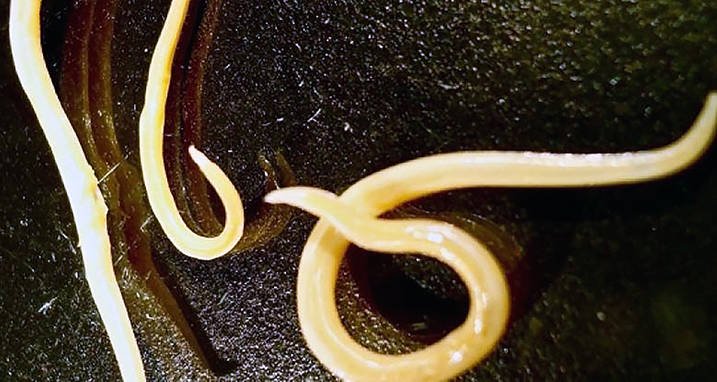A number of science-fiction movies and literary works have enlightened us on the concept of how it might be possible to stop living for a brief period of time without actually succumbing to death, and then come back to life only to witness the future world. But the fact that, to people in the real world, such things are still nothing more than an engrossing, fictional idea. But there were two worms in petri-dish that indeed broke this fundamental rule of our traditional concept.

According to the Siberian Times, the scientists from four Russian institutions, in collaboration with Princeton University of the United States, analyzed some prehistoric worms of Arctic permafrost deposits called nematodes and found that two different species of these worms – which were discovered in different areas of Siberia – still showed signs of life after being trapped in ice for nearly 42,000 years!

Their miracle findings, published in the May 2018 issue of the journal Doklady Biological Sciences, represent the first evidence of multicellular organisms returning to life after a long-term slumber in Arctic permafrost, suspending in a deep freeze since the Pleistocene.
Though nematodes or commonly known as the roundworms are tiny – typically measuring about 1 millimeter in length – they are known to possess impressive abilities. Some are found living 1.3 kilometers below Earth’s surface, deeper than any other multicellular life. Certain worms that live on an island in the Indian Ocean can develop one of five different mouths, depending on what type of food is available. Others are adapted to thrive inside slug intestines and travel on slimy highways of slug poop.
For their in-depth study, researchers analyzed 300 samples of Arctic permafrost deposits, of which two deposits held several well-preserved nematodes. One sample was collected from a fossil squirrel burrow near the Alazeya River in the northeastern part of Yakutia, Russia. These deposits had been estimated to be about 32,000 years old. The other permafrost sample came from the Kolyma River in northeastern Siberia, and these deposits were around 42,000 years old. They represented two known nematode species: Panagrolaimus detritophagus and Plectus parvus.

The nematodes, after being removed from permafrost, were slowly thawed in petri dishes and placed in cultures at 68ºF (20ºC) with agar and food, then all the researchers had to do was wait. They started showing signs of life, moving and eating after several weeks, making this the first evidence of “natural cryopreservation” of multicellular animals, according to the study.
However, the nematodes weren’t the first organism to awaken from millennia in icy suspension. Previously, another group of scientists had identified a giant virus that was resuscitated after spending 30,000 years frozen in Siberian permafrost – it’s scary enough just to hear this news. But don’t panic, amoebas are the only creature affected by this ancient attacker.
Ufortunately, we can’t interview 40,000-year-old worms to ask what the world was like back then, but the crazy breakthrough could unravel the mechanisms in the ancient nematodes that enabled them to survive such lengthy freezing; pinpointing how those adaptations work could have implications in many scientific areas, “such as cryomedicine, cryobiology, and astrobiology,” the researchers concluded.



